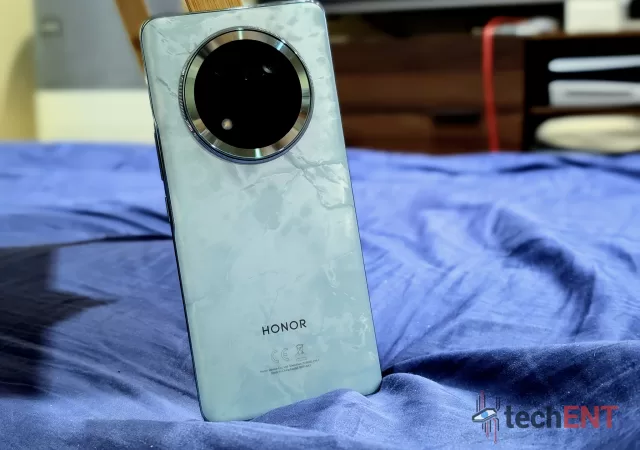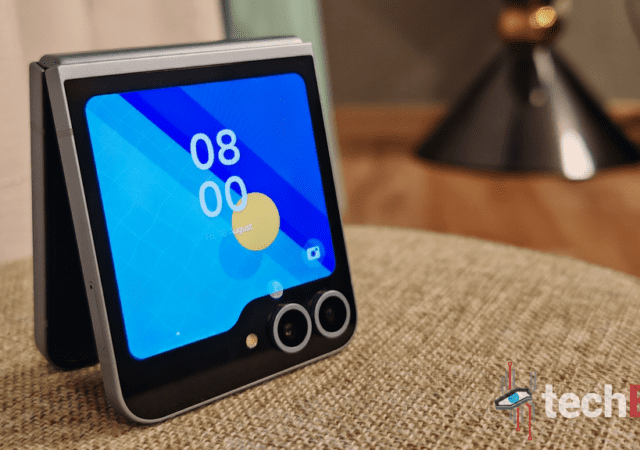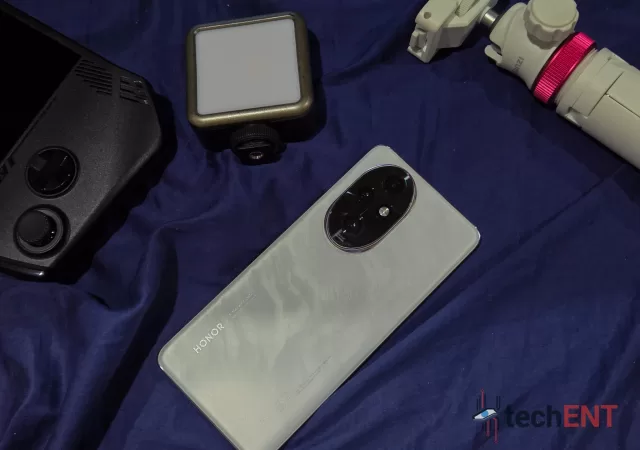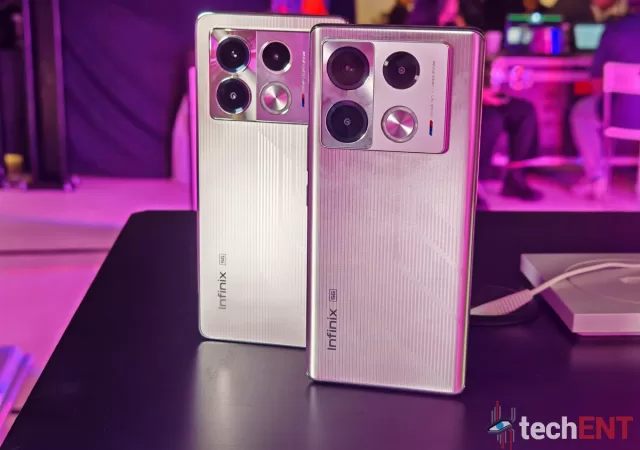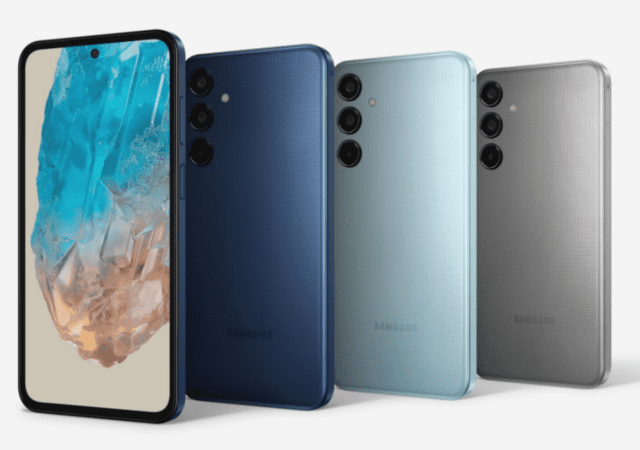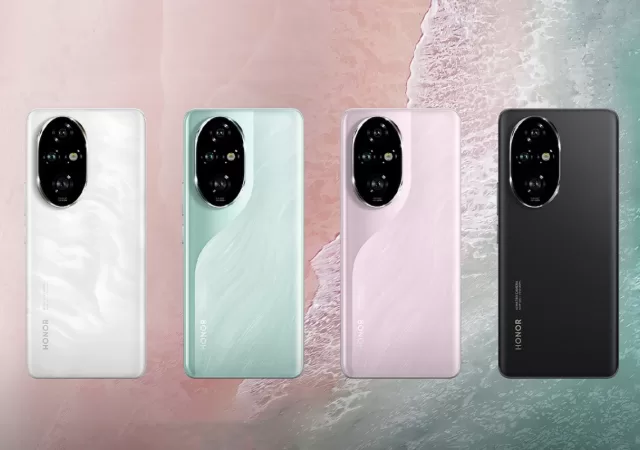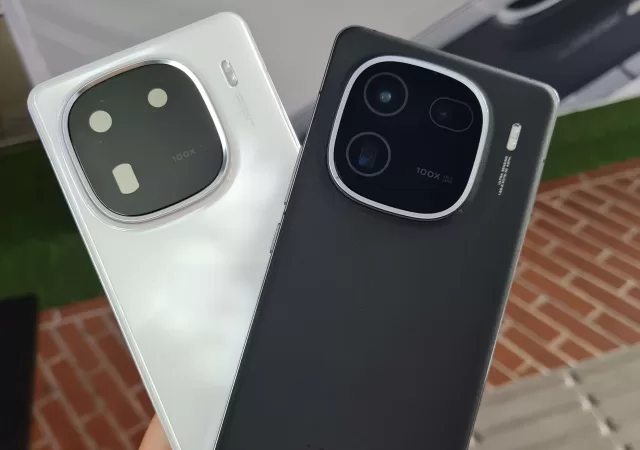Is the Honor X9c the perfect balance of durability, performance, and affordability? Read our in-depth review to find out how it stacks up with its 120Hz AMOLED display, 108MP camera, and more.
Samsung Galaxy Z Flip6 In-Depth Review: Fashionable Never Looked So Smart
Samsung’s latest flip phone is an iterative update of the Galaxy Z Flip series – or is it? techENT is breaking down the new smartphone to get the answers.
Honor 200 Pro In-Depth Review: A Clear Winner For Midrange Pro-Level Photography with Powerful Performance
Uncover the benefits of the Honor 200 Pro in our in-depth review. Find out how it stands out in the midrange smartphone market.
Infinix Collaborates with BMW Designworks for a High-Speed Edition of the Note 40 Series
Infinix collaborates with BMW Designworks for a special Racing Edition of its midrange hero the Infinix Note 40 Series.
Samsung Unveils the Galaxy M35 5G in Brazil
Samsung announces a new entry into the Galaxy M series – the Galaxy M35 5G bringing extended battery life for those who need it in Brazil.
The Honor 200 Series Makes Mainland China Debut; Priced from CNY2,699
The Honor 200 series makes its debut in China bringing a brand new approach to mobile photography and a focus on AI features with MagicOS 8.
Immersive Entertainment Takes Centrestrage with the OPPO Pad Neo
The OPPO Pad Neo brings you a 11.4″ ReadFit screen with 2.4K resolution, 96% NTSC colour space boasting up to 90Hz refresh rate. Eye care tech provided for your safety.
iQOO 12 Brings the Snapdragon 8 Gen 3 to Malaysia for RM3,399
iQOO 12 is the phone for gamers looking to level up – gaming performance with a sleek, classic design. Get the best performance with the Snapdragon 8 Gen 3, plus the iQOO 12 Legend’s pearlescent white finish and BMW M Motorsport stripes.
OxygenOS 14 Coming To OnePlus Devices on September 25, 2023!
OnePlus announces that OxygenOS 14, based on Android 14, will be coming to OnePlus devices starting on September 2023.
Satellite Emergency SOS May Be Coming to Google Messages Thanks to a Partnership with Garmin
Google Messages may be getting satellite-enabled SOS messaging if code unearthed by Neil Rahmouni is any indication.



